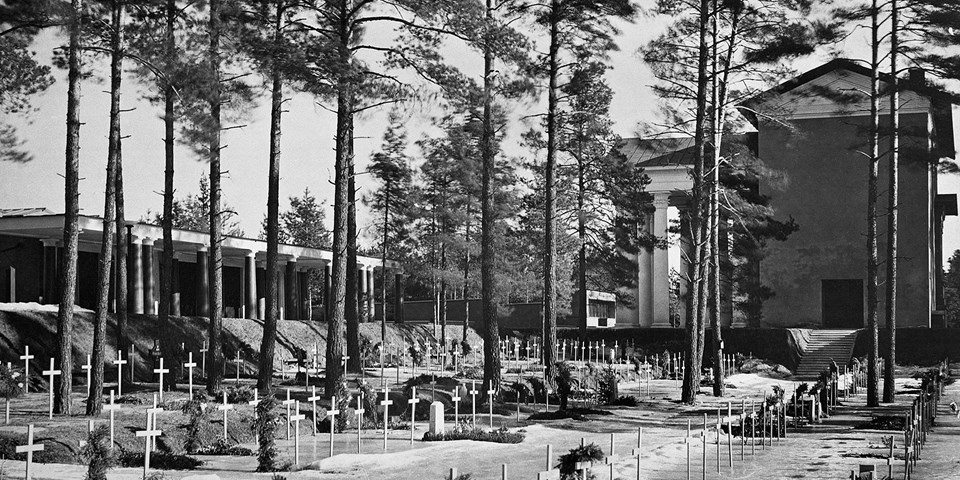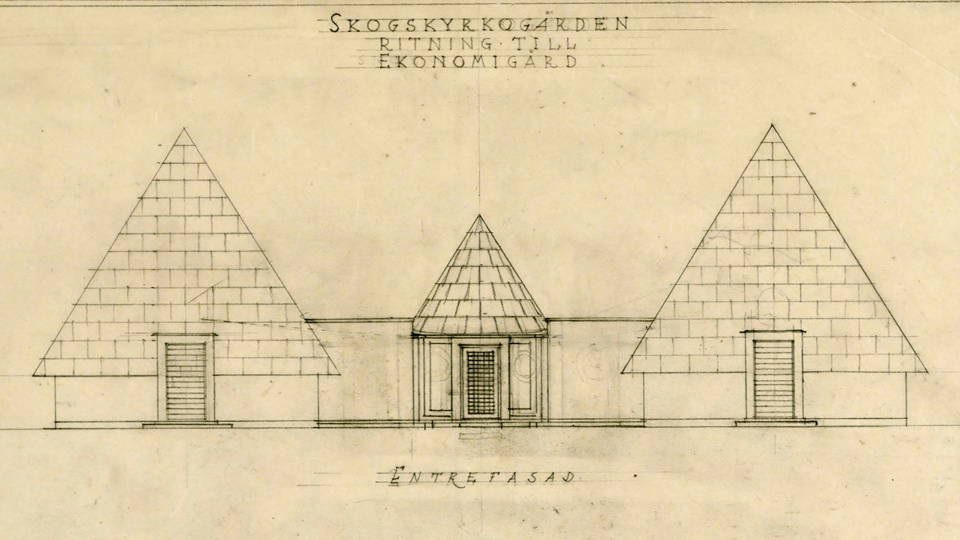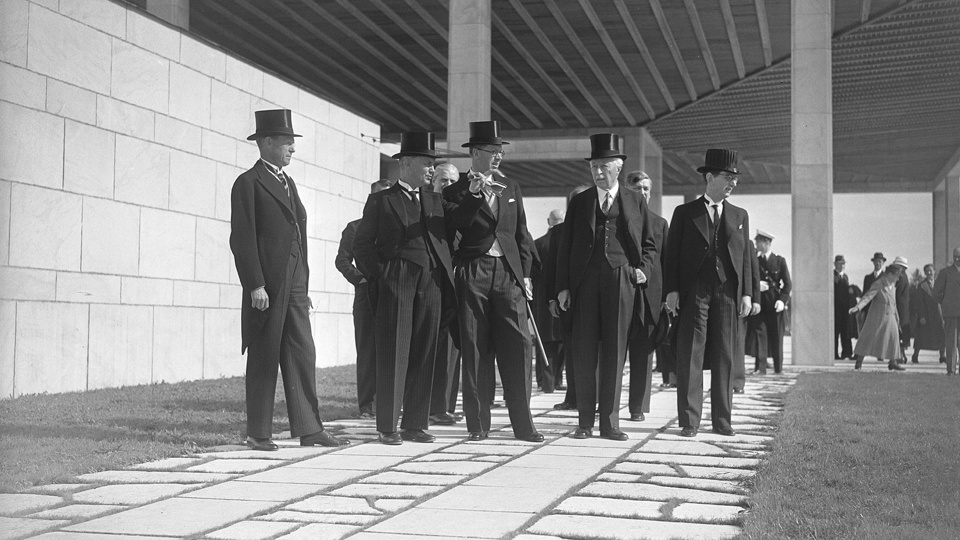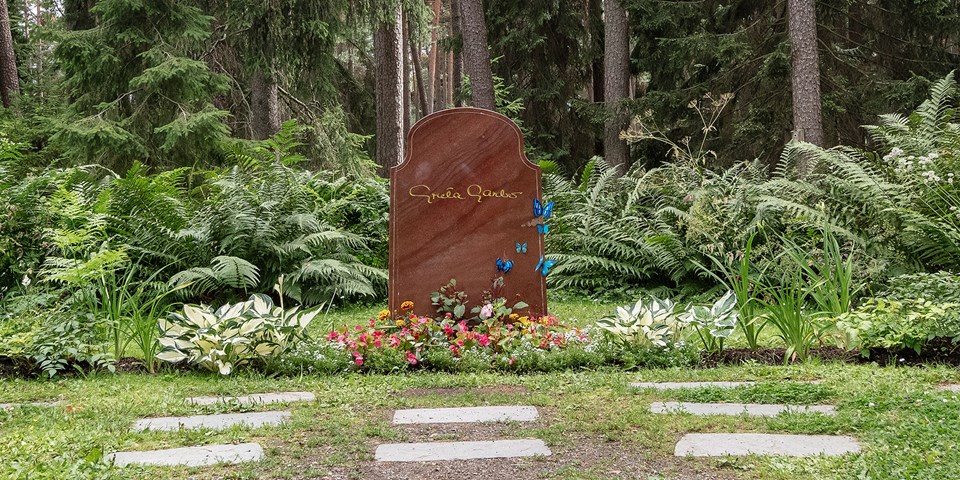Background
At the end of the 19th century, Stockholm city was responsible for new cemeteries in the municipality. In 1895, Södra begravningsplatsen ( Southern Cemetery) was completed. Stockholm is one of only two municipalities in Sweden responsible for cemeteries; elsewhere in the country, this duty falls to the Church of Sweden.
In the early 1900s, Stockholm’s population grew rapidly, creating a need for more burial space. The city decided to expand the Södra begravningsplatsen and announced a design competition for the new section.
The competition
In the autumn of 1914, the city announced a design competition for the new cemetery. The organizers sought innovative ideas, emphasizing that visitors should feel the continuous cycle of life and death.
The competition guidelines specified that:
- The site should be aesthetically pleasing and artistic.
- The area should be dignified, without large monuments, and with equal-sized graves for everyone.
- The forest and natural surroundings should be preserved as much as possible.
The new ideas were inspired by various sources, including 19th-century Romanticism, modern design, and concepts of equality.
The competition attracted numerous architects and landscape designers. Young architects Gunnar Asplund and Sigurd Lewerentz won with their proposal, named “Tallum”.
The economic difficulties of the 1910s forced the architects to revise and simplify their proposal multiple times. Construction of the landscape did not begin until 1917.





